The US Semolina Market has experienced notable trends in recent years, driven by a growing consumer preference for high-quality pasta products and innovative uses of semolina in various culinary applications. As health-conscious eating habits gain traction, the demand for semolina derived from durum wheat, known for its high protein content and gluten strength, has increased significantly. This rise in demand has attracted various manufacturers and established companies to expand their presence and offerings within the market, fostering intense competition.
Companies are not only focusing on product quality but also on sustainability and transparency in their sourcing, which can greatly influence purchasing decisions among consumers. As the market continues to evolve, understanding the competitive landscape becomes essential for stakeholders aiming to succeed in this dynamic industry.Pasta Montana has positioned itself as a prominent player in the US Semolina Market, boasting unique strengths that contribute to its competitive edge. The company has a reputation for producing high-quality semolina specifically tailored for pasta production, meeting the varied demands of manufacturers and consumers alike.
Its commitment to quality ensures that their products maintain a consistent performance in terms of texture and taste, which is critical for pasta producers. Additionally, Pasta Montana has developed strong supply chain relationships, allowing the company to offer competitive prices while maintaining excellent product availability. Their focus on customer service and responsiveness to market needs further solidifies their standing in the market, enabling them to create tailored solutions for different customer segments.Bob's Red Mill has made a significant mark in the US Semolina Market with its wide range of high-quality products, catering to health-conscious consumers and culinary enthusiasts.
Known for their commitment to natural and organic ingredients, the company not only offers semolina flour but also various other whole grains and baking mixes, allowing them to capture diverse market segments. Bob's Red Mill has strategically emphasized product transparency and quality certifications, which resonate well with today's consumers seeking reliability in their nutritional choices. The company is also known for its engagement in social responsibility through various initiatives and partnerships, enhancing its brand loyalty among customers.
While there have been discussions on potential mergers and acquisitions within the broader market, Bob's Red Mill continues to focus on organic growth and expanding its product lineup, solidifying its presence as a trusted brand in the US Semolina Market.


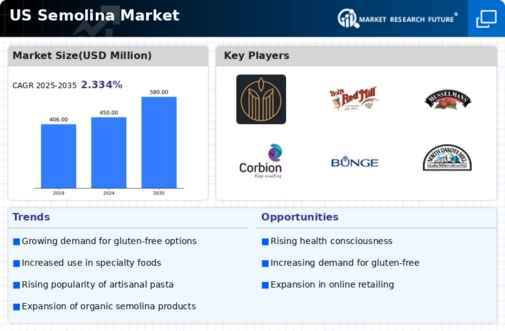

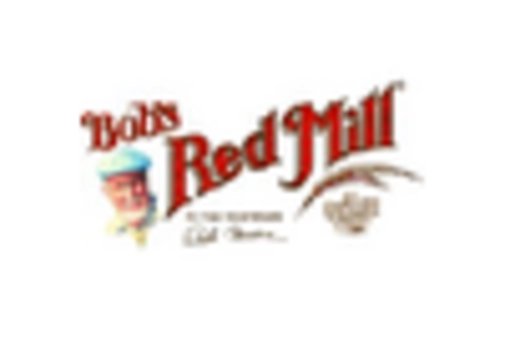
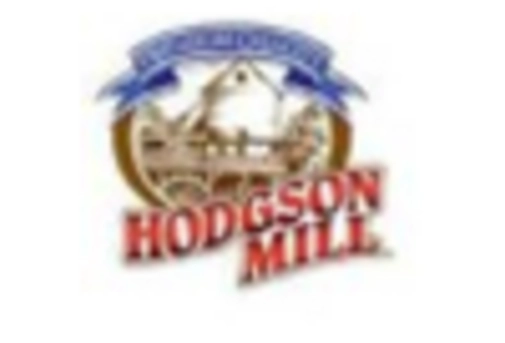
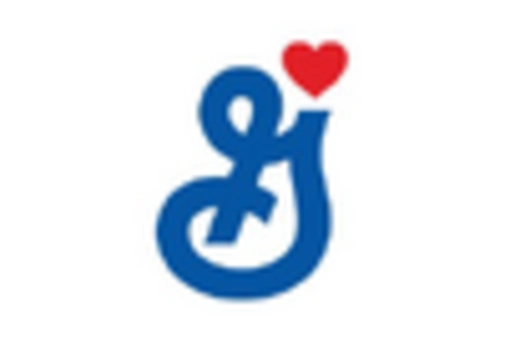
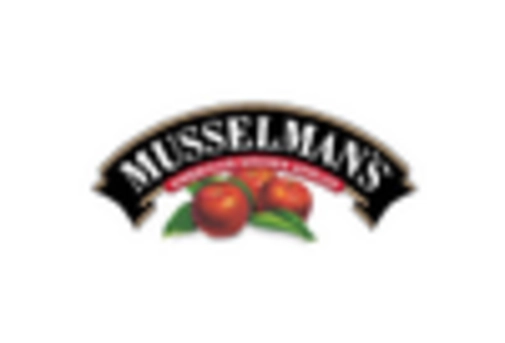
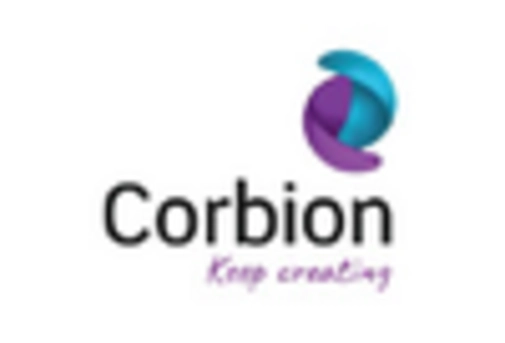
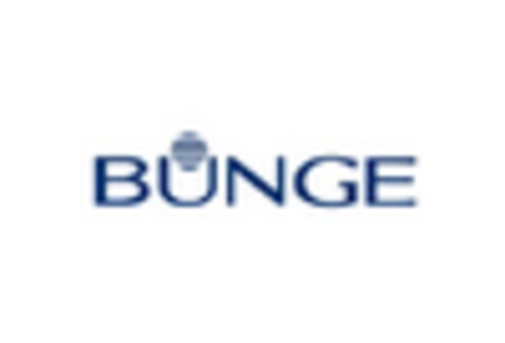
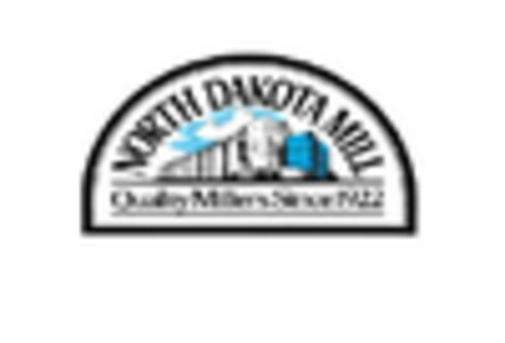








Leave a Comment